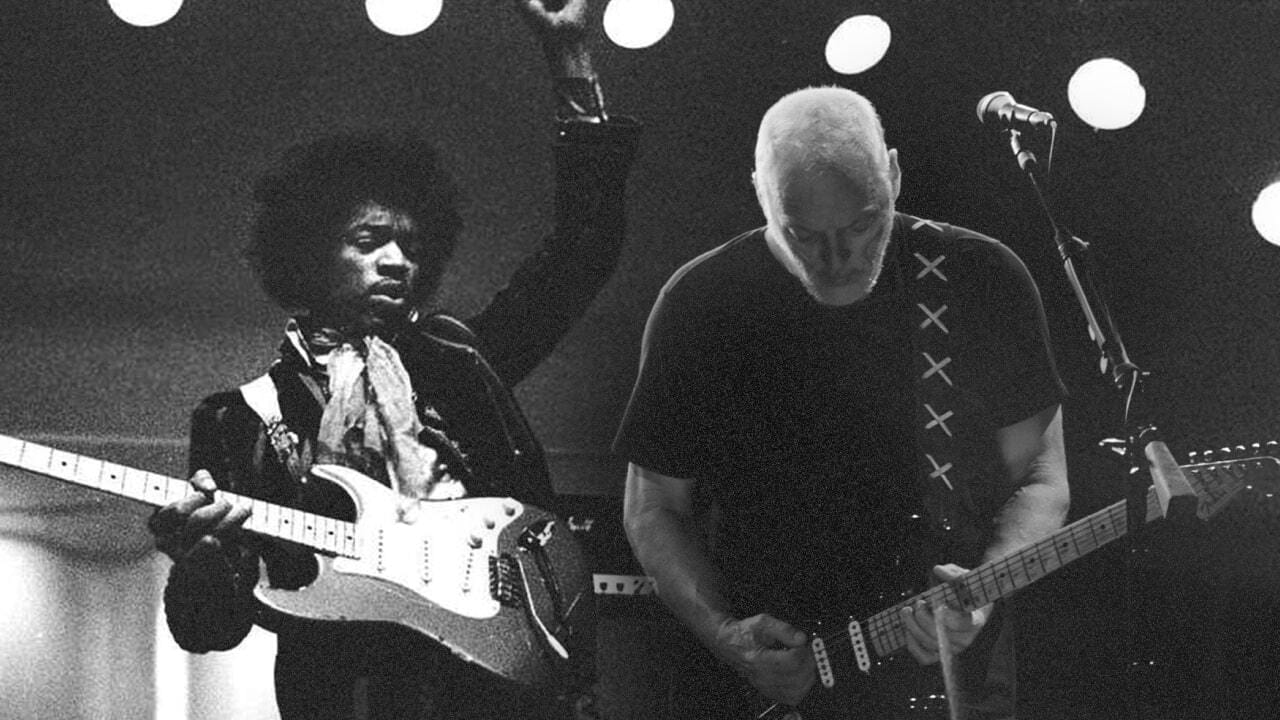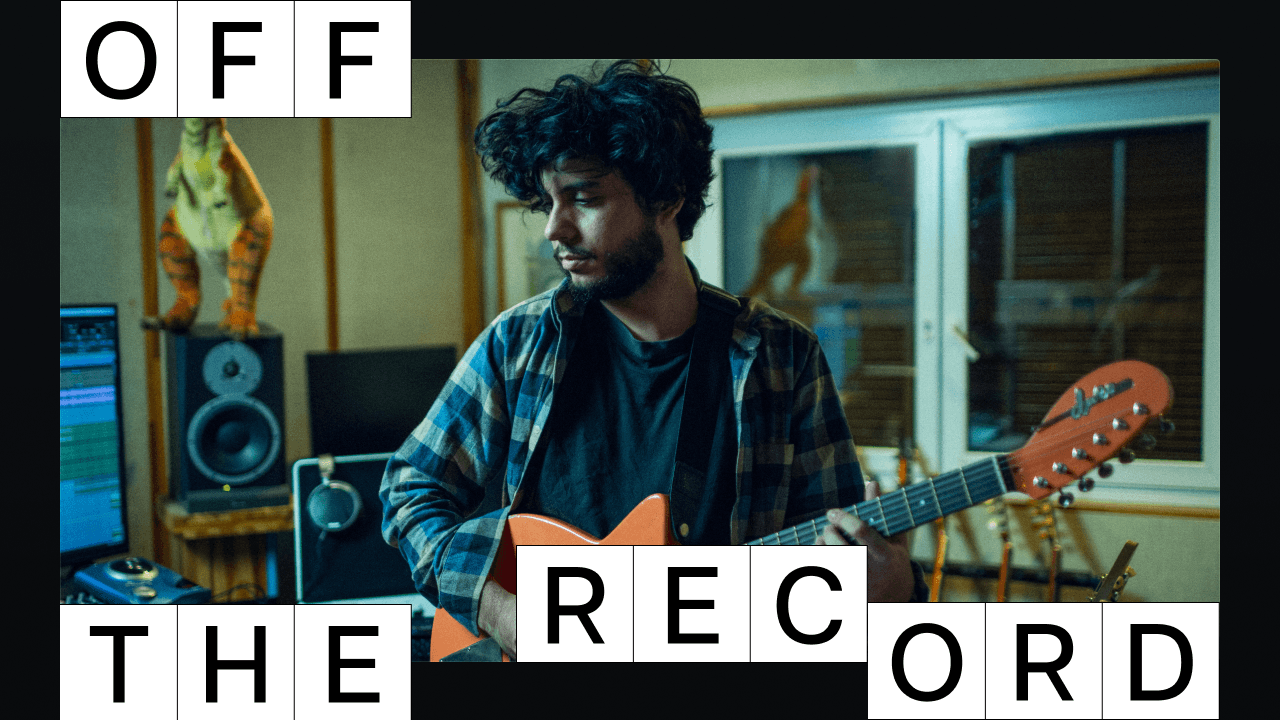Famous guitars are much more than just instruments. They’re the heart and soul of the legends who played them.
From the soulful strums of blues to the electrifying rock riffs, these guitars have left an indelible mark on music history. Each instrument tells a story of innovation, passion, and the relentless pursuit of artistic expression.
Read on to discover the guitars’ hall of fame!
Why learn about famous guitars?
Learning about the most famous guitars offers a deeper appreciation for the music they helped create. It also brings insight into the evolution of music, the innovation behind guitar design, and the personal stories of the musicians who played them.
Beyond their technical specifications and the famous hands that played them, these guitars have become cultural artifacts. They’re valued not just for their features but also for the epic stories, game-changing moments, and admirable artists they represent.
Museums and private collectors vie for the chance to own these instruments. This cultural reverence highlights the massive impact these guitars—and those who played them—have had on the music industry and popular culture.
10 famous guitars and their owners
Here’s what you clicked on this post for: unique instruments tied to legendary musicians. Each one of them has a story to tell, intertwining with the history of rock, blues, and beyond. Let’s take a closer look at 10 famous guitars—and their respective owners!
1. Gibson ‘Greeny’ Les Paul (owned by Peter Green, Gary Moore, and Kirk Hammett)
The Gibson ‘Greeny’ Les Paul is a 1959 Standard model known for its unique tone, thanks to a wiring modification. Originally owned by Peter Green of Fleetwood Mac, it later became the prized possession of Gary Moore and is now played by Kirk Hammett of Metallica.
2. Red Special (owned by Brian May)
Queen’s Brian May built the Red Special with his father using wood from an old fireplace. With its distinctive tone and design, this guitar has been a mainstay in May’s performances throughout his career.
3. Frankenstein (owned by Eddie Van Halen)
Eddie Van Halen’s Frankenstein guitar combines different parts and is famous for its striped design and powerful sound. This instrument was pivotal in developing the ‘Superstrat’ style popular in the 1980s.
4. The Monterey Strat (owned by Jimi Hendrix)
The Monterey Strat is renowned for its fiery end at the 1967 Monterey Pop Festival. Hand-painted by Hendrix, this guitar symbolizes his explosive performances and enduring influence on rock music.
5. The Black Strat (owned by David Gilmour)
David Gilmour’s Black Strat, used extensively with Pink Floyd, is known for its simple yet effective modifications. It contributed to some of the most iconic albums in rock history, including "Dark Side of the Moon."
6. ‘Number One’ Les Paul (owned by Jimmy Page)
Jimmy Page’s ‘Number One’ Les Paul, a 1959 Standard model, is famous for its distinctive sound and modifications. This guitar was a key element in Led Zeppelin’s powerful rock anthems.
7. ‘Number One’ Stratocaster (owned by Stevie Ray Vaughan)
Stevie Ray Vaughan’s ‘Number One’ Stratocaster, an amalgamation of various parts, is known for its unique tone. Vaughan’s modifications and heavy use of this guitar have made it legendary in the blues-rock genre.
8. Pearly Gates (owned by Billy Gibbons)
Billy Gibbons’ Pearly Gates, another 1959 Les Paul Standard, has a fascinating acquisition story involving a Hollywood starlet. It remains a cornerstone of Gibbons’ sound with ZZ Top.
9. Evo (owned by Steve Vai)
Steve Vai’s Evo, an Ibanez JEM custom-built to his specifications, features unique elements like a monkey grip handle and elaborate inlays. This guitar is integral to Vai’s innovative playing style.
10. Arm the Homeless (owned by Tom Morello)
Tom Morello’s Arm the Homeless guitar is known for its numerous modifications and provocative slogans. It has been a significant instrument in Rage Against the Machine’s powerful and politically charged music.
The influence of iconic guitars on modern music
These 10 famous guitars have not only shaped the sound of their eras but also influenced modern music and guitar design. They demonstrate how personal modifications and innovations can lead to new genres and playing techniques.
Aspiring musicians and guitar enthusiasts can draw inspiration from these stories, finding new ways to express their creativity and pushing the boundaries of what’s possible with their instruments.
As we look towards the future, the legacy of these iconic guitars continues to evolve. With advancements in technology, new materials, and innovative designs, the next generation of guitars is poised to make its own mark on music history.
To create unique sounds that push the boundaries of traditional guitar music, musicians are now exploring things like:
- digital effects;
- custom-built instruments;
- 3D-printed components.
Moreover, the influence of these legendary guitars can be seen in the growing trend of signature models, where modern guitarists collaborate with manufacturers to produce instruments that reflect their personal style and preferences. These signature guitars not only honor the legacy of the past but also pave the way for future innovations in guitar design and music.
In essence, the tale of famous guitars is far from over. As new artists rise and new technologies emerge, the spirit of creativity and innovation that defined these legendary instruments will continue to inspire and shape the world of music for generations to come.
Enjoy, and also check out the 10 best guitar solos!







